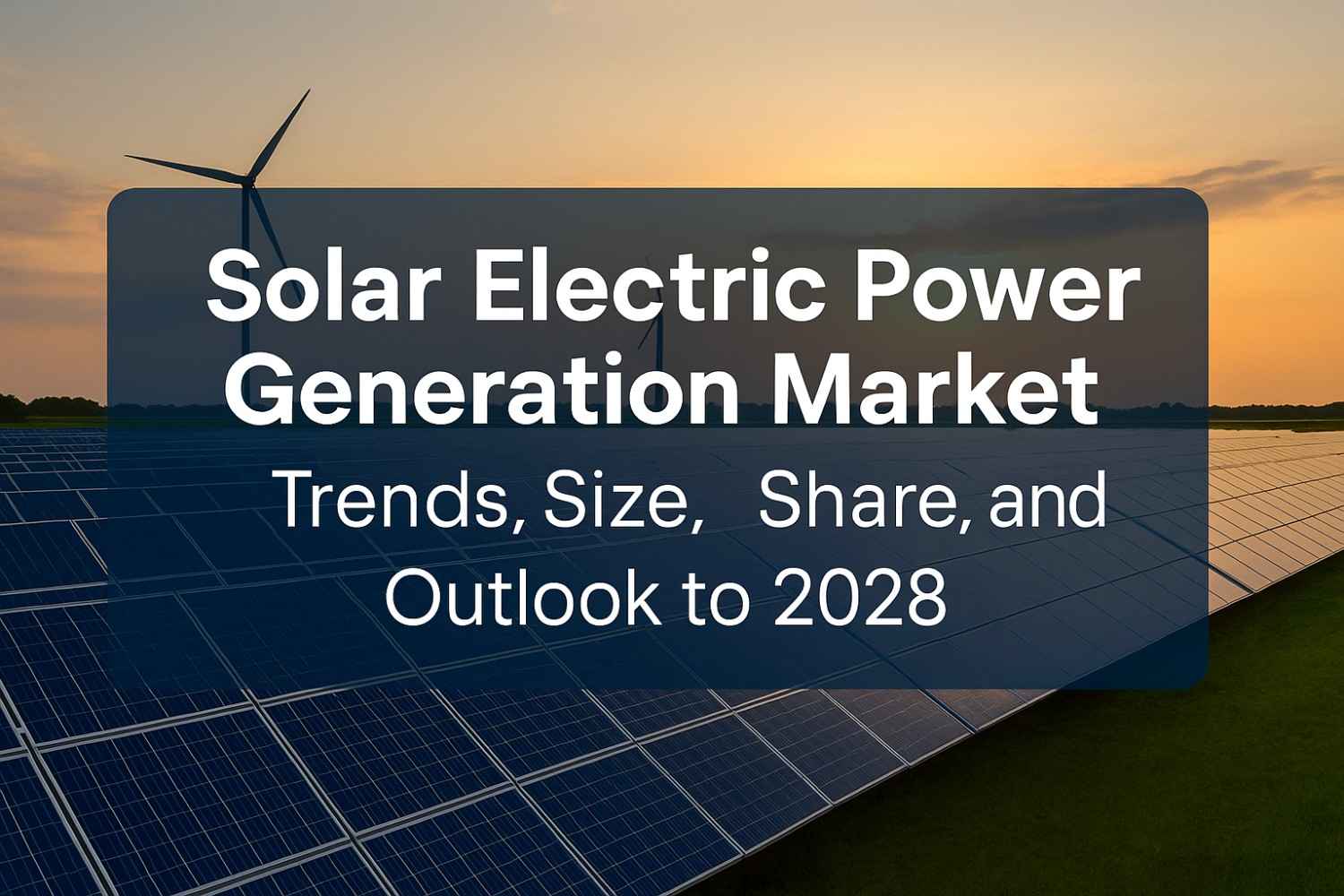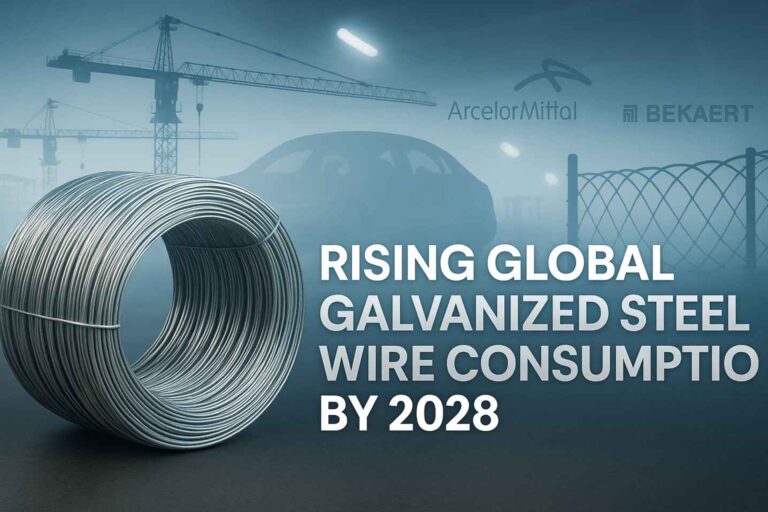The solar electric power generation market keeps breaking records, and the next few years look even bigger. From plunging panel prices to utility-scale storage and corporate clean-power deals, solar keeps stacking wins across technology, policy, and finance. Below, I unpack where growth comes from, who’s leading, what costs look like now, and how the market shapes up through 2028—plus where companies like ENGIE, Exelon/Constellation, Dominion Energy, Innogy/RWE, Tata Power, and Greenko fit into the story.
What Is Driving Growth in the Solar Electric Power Generation Market?
Three forces set the pace: cost, manufacturing capacity, and demand. First, costs continue to trend down. Independent analyses show utility-scale solar remains among the lowest-cost new-build power sources in the US and globally, even when you include financing and operating assumptions. Recent Levelized Cost of Energy (LCOE) studies confirm the advantage, and solar-plus-storage increasingly competes in peak and mid-peak hours.
Second, manufacturing capacity exploded. By the end of 2024, global PV manufacturing capacity surpassed 1,100 GW—more than double projected demand—pushing module prices down sharply and tightening margins for producers. That near-term oversupply drives cheaper system pricing and accelerates deployments through 2028.
Third, demand keeps setting records. IRENA reports renewables added 585 GW of capacity in 2024, with solar PV contributing the largest share; by early 2025, global solar stood around 1,865 GW after adding ~452 GW in 2024 alone. Policymakers’ goal to triple renewables by 2030 further pulls in investment and long-term offtake.

How Big Is Solar Now—and How Fast Can It Grow by 2028?
By end-2023, renewables made up 43% of global installed power capacity, with solar the top growth engine. Given manufacturing overcapacity and policy tailwinds, most credible scenarios expect solar to dominate renewable additions through 2028, accounting for the majority of new renewable capacity. The IEA projects solar will provide roughly 80% of renewable capacity growth between 2024 and 2030—momentum that easily spans the 2021–2028 window.
In the US, the market remains cyclical quarter-to-quarter due to interconnection, trade, and tax-credit timing, but multi-year trajectory stays up and to the right. SEIA’s market insight shows substantial quarterly swings yet a robust medium-term pipeline across utility-scale, commercial, and rooftop segments under the Inflation Reduction Act.
Which Companies Are Shaping the Solar Electric Power Generation Market?
ENGIE continues rapid global build-out, adding 4.2 GW of renewables in 2024 and reaching ~46 GW installed capacity (all renewables). The company also advanced battery storage to firm solar output and secured US tax-equity financing for a 1.3-GW portfolio (950 MW solar; 353 MW wind), underscoring the capital depth behind large pipelines.
Exelon is now a regulated wires-and-meters utility after spinning off the competitive generation fleet into Constellation in 2022. This matters for market analysis: generation growth headlines (PPAs, merchant exposure) belong to Constellation, while Exelon focuses on T&D and programs that enable customer-side solar and grid integration.
Dominion Energy plays a major role in clean capacity build-outs on the US East Coast, notably the 2.6-GW Coastal Virginia Offshore Wind project (not solar, but grid-scale renewables that complement solar’s profile). Dominion also advances utility-scale solar portfolios in its service territories, reflecting integrated resource plans that blend solar, wind, and storage.

Innogy now sits within RWE and E.ON following European sector reshuffles. RWE absorbed Innogy’s renewables, becoming a top global player in wind and solar. When you see “Innogy” in older market URLs or reports, treat it as part of RWE’s renewables business from 2019 onward.
Tata Power scales Indian solar through utility projects, rooftop, and storage-backed hybrids. Recent PPAs for Mumbai distribution highlight how urban utilities use blended solar-wind-storage contracts for firm, peak-hour supply—an approach likely to spread across Asia-Pacific grids.
Greenko leads India’s push into pumped-storage-backed renewables. Its Pinnapuram Integrated Renewable Energy Project combines multi-GW solar and wind with 1,200–1,680 MW of pumped hydro to deliver firm, dispatchable clean power—a template for balancing high solar penetration in emerging markets. Government and industry sources note multi-GWh storage and first units already commissioned, with long-term offtakes for continuous green power to industry.
What Technologies and Costs Will Matter Most Through 2028?
Solar-plus-storage will define peaking and evening supply. Updated LCOE+ frameworks show combined PV + 4-hour storage competing with gas peakers in many markets, especially where flexibility and capacity accreditation matter. Falling battery costs and tax incentives (in the US and elsewhere) reinforce this trend. Meanwhile, manufacturing oversupply keeps module prices low, though margins for producers stay tight. Expect developers to lock in cheap hardware and invest savings into grid integration, interconnection, and storage.
Grid readiness will be the gating factor. Interconnection queues and transmission build-outs determine how much of the pipeline turns into electrons by 2028. Markets that streamline permitting and add high-voltage lines will capture more of the global capex wave.
Where Are the Opportunities by Region?
- Asia leads absolute growth, with China, India, and Southeast Asia adding enormous volumes and accelerating hybrids with storage to serve evening peaks. India’s pipeline and record additions in FY26 illustrate the scale.
- North America focuses on IRA-enabled utility projects, community solar, and corporate PPAs; storage coupling rises fast.
- Europe continues rooftop and utility build-outs while reforming markets to reward flexibility—storage, demand response, and interconnectors—alongside PV.
How Does Market Structure Evolve Between 2021 and 2028?
From 2021 onward, three structural shifts stand out:
- From standalone to firmed renewables. PPAs increasingly specify hourly or 24/7 profiles, pushing developers to add storage or pair solar with wind and hydro (ENGIE, Tata Power, Greenko case studies).
- From merchant to contracted cash flows. Inflation-indexed PPAs, capacity payments, and IRA tax credits underpin bankability through 2028.
- From hardware-driven to grid-solutions-driven value. With modules cheap, value shifts to siting, interconnection, software, and storage sizing.
Frequently Asked Questions
1. How big is the solar market today in capacity terms?
Global solar PV capacity reached roughly 1,865 GW after adding almost 452 GW in 2024, according to IRENA’s 2025 update—by far the largest annual solar build on record.
2. Are solar costs still falling in 2025–2028?
Yes. Module oversupply pushed prices to record lows in 2024, and LCOE analyses keep solar among the cheapest new-build options; solar-plus-storage also looks competitive for peak hours in many markets.
3. Which companies should I watch?
Watch ENGIE (global renewables scale and US financing), RWE (absorbed Innogy’s renewables), Dominion Energy (large East Coast clean portfolio and offshore wind complementing solar), Tata Power (hybrid and storage deals in India), and Greenko (pumped-storage-backed firm renewables). Exelon now operates as a regulated utility after spinning off generation into Constellation in 2022.
4. What’s the outlook through 2028?
Solar should remain the largest source of new power capacity worldwide. The IEA expects solar to deliver about 80% of renewable capacity growth from 2024–2030, and that dynamic will dominate through 2028—especially where transmission and storage keep pace.
Conclusion: The 2028 Playbook for the Solar Electric Power Generation Market
By 2028, the solar electric power generation market will be defined less by panel prices and more by deliverability: storage duration, grid access, and firm, hour-by-hour contracts. Companies that master hybrid design, interconnection strategy, and capital stacking will lead. With manufacturing capacity still abundant, policies aligned, and demand from utilities and corporates rising, solar remains the cornerstone of global power additions—cost-effective, scalable, and increasingly dispatchable.










